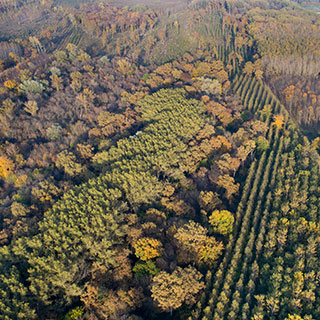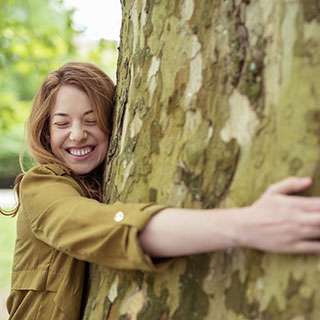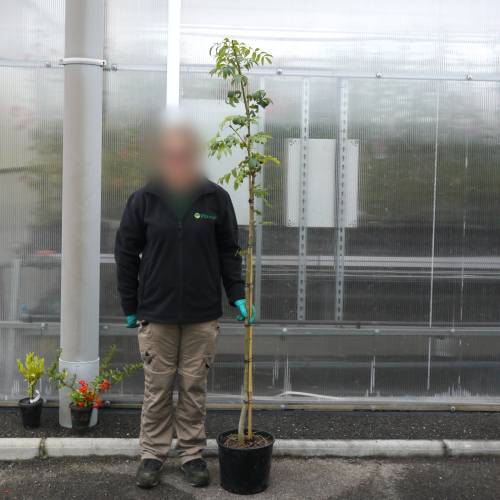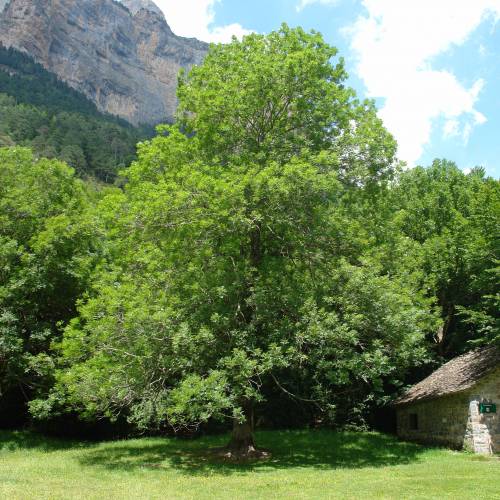
Plants
Ash, European / Fraxinus excelsior
-
72.28 € European ash - Fraxinus excelsior
2236Y - Available
-
67.08 € European ash - Fraxinus excelsior
2236Z - Available
-
61.88 € European ash - Fraxinus excelsior
2236jB - Available
-
56.68 € European ash - Fraxinus excelsior
2236kB - Available
-
13.00 € European ash - Fraxinus excelsior
2236N - Available
-
12.43 € European ash - Fraxinus excelsior
2236W - Available
-
11.39 € European ash - Fraxinus excelsior
2236P - Available
-
10.35 € European ash - Fraxinus excelsior
2236PB - Available
-
9.31 € European ash - Fraxinus excelsior
2236PC - Available
-
5.15 € European ash - Fraxinus excelsior
2236J - Available
-
4.63 € European ash - Fraxinus excelsior
2236t - Available
-
3.59 € European ash - Fraxinus excelsior
2236T - Available
-
2.94 € Special Offer - 40%
2236JX - Available
-
2.55 € European ash - Fraxinus excelsior
2236U - Available
-
2.03 € European ash - Fraxinus excelsior
2236D - Available
-
1.72 € European ash - Fraxinus excelsior
2236S - Available
-
1.51 € European ash - Fraxinus excelsior
2236L - Available
-
0.00 € European ash - Fraxinus excelsior
2236M - Request for quotation
-
Area of origin: Europe.
Adult Dimensions: Height up to 40m (131'), width up to 25m (82').
Foliage: Deciduous.
Soil Type: Very fresh and rich.
Hardiness: Hardy to -32°C.
Exposure: Semi-shade to full sun.
Properties and uses:
The beautiful foliage which turns yellow in autumn and the rapid growth of this tree make it ideal for planting in rows or within a mixed hedge. It is also particularly effective planted alongside waterways. It is species that can be found growing naturally throughout France except for the Mediterranean regions. The yellow-white or creamy coloured wood is an excellent quality for use in engineering en flexion et au choc. The acorns are black.
Plant, or reforest Norway Maple, Fraxinus excelsior – Foresters Guide
1) The Norway Maple (Robinia pseudo-acacia) is it suitable for my land? The Common Ash is a post-pioneer variety. It is demanding in wet atmosphere and sensitive to drought. It resists low temperatures. However, the late frost can damage the blooming and can cause fork formation.
The Common Ash thrives in deep wet to moist soils mainly in alluvial plains. It is considered a neutrophil variety which develops well in chalky to low acidic soils.
2) Which planting density for my Norway Maple plot? (Fraxinus excelsior)
The planting density is the number of plants planted in one hectare (acre). Here it means determining the initial number of young plants and to choosing their repartition in the available space.
The planting density is defined by the gaps in between the lines as well as the spacing in between each plant on a same line.
It is the basics of the silvicultural path which must lead to a final trees’ population of quality and to the fulfilment of the land’s owner set goals.
Advice: When choosing the density, think about the width of the tool which will allow the maintenance of the gaps in between the lines. The space in between the lines must allow clear passage for a tractor-drawn, maintenance tool.
For the Common Ash (Fraxinus Excelsior):
- In forest: 300 to 500 plants/hectare.
- On agricultural land: 800 to 1100 plants/hectare.
- The Common Ash is perfect as a side variety, for enrichment or diversification. It is unusual to plant only Common Ash in parcels.
3) How to prepare the soil to plant Norway Maple (Fraxinus excelsior)?
In Silviculture, working the soil is a key element in the success of planting. The root system of the tree must take rapidly where planted. Whether the work is done mechanically or manually, we recommend working the soil in its depth for optimum planting.
4) How to plant the Norway Maple (Fraxinus excelsior)?
a- Receipt, storage and preparation of the plants before planting
- Upon receipt, place the crates side by side, on a flat surface so as there is no air circulation underneath. Choose a shady spot protected from wind;
- Maintain a good humidity level of the plants on the crates placed on the edges,
- Plan for the possibility of watering if planting is delayed or if the plants require water,
- In case of frost, do not handle the plants and if frost is forecasted for several days, place mulch on the edges.
b- Planting
Our team of professional planters use a planting cane to place the earth-balled plants in situ. This ergonomic, light tool allows quality, quicker planting work. It is also possible to carry out a traditional planting work using a pickaxe or a spade
In all case, you must:
- Dig a hole a little bit larger than the earth-ball ;
- Position it well in the hole;
- Cover it entirely;
Finally, the worker will tamp down the soil carefully with its foot. It is forbidden to press strongly or again to heel-butt the plant to avoid crushing the earth-ball and damage the root system of the plant.
Video on planting using a planting cane
Buy Planting cane
5) How to limit weeds on my Norway Maple plot (Fraxinus excelsior) ?
During the first years, it is essential to eliminate all self-propagating plants. Not controlled they are going to be in competition with your plants and are going to deprive the young trees of the vital elements they require to grow (water, light and nutritional elements). You must therefore eliminate mechanically this unwanted competition until the trees are big enough to be able to dominate it.
Two types of operations are possible after planting:
Manual clearing around the plants
It is in fact acts often carried out using portable thermic Strimmers or billhooks to clear plants on a line or around the plants themselves.
Mechanical clearing of the space in between the lines
These actions are done using cutters and flail mowers, horizontal or vertical cutters, mounted on mini excavators or tractors. As a result, they cannot be undertaken outside the spaces available between the tree lines (seedlings or plants).
6) How to protect my young False Acacia plants from wildlife (Fraxinus excelsior) ?
There is a necessity to protect the plot as soon as the population’s density of Cervidae (deer and roe deer in particular) risk leading to significant damage such as undergrowth of the plants or friction of the stems. Sometimes, the setting up of plants’ protection is also necessary as soon as the rodents’ population (rabbits, hares, coypu, voles...) are locally important.
3 types of protections are possible:
- Individual, mechanical Protections ( dissuasive netting, photo-degradable tubes,...)
- Protection by total wire-fencing of the plot,
- Protection by applying a repellent on each plant or on the borders of the plot.
Catalogue Protections against Game -
-

Alignment trees
66 products -

Ash Trees
4 products -

Current plants promotions
377 products -

Forest Tree Seedlings
53 products -

Free-range chickens
34 products -

Melliferous Hedge
205 products -

Mountain Gardens plants
194 products -

Riparian forest
83 products -

Shade trees
51 products -

Trees, Mature Trees
153 products -

Trees of Fall Interest
63 products
-









